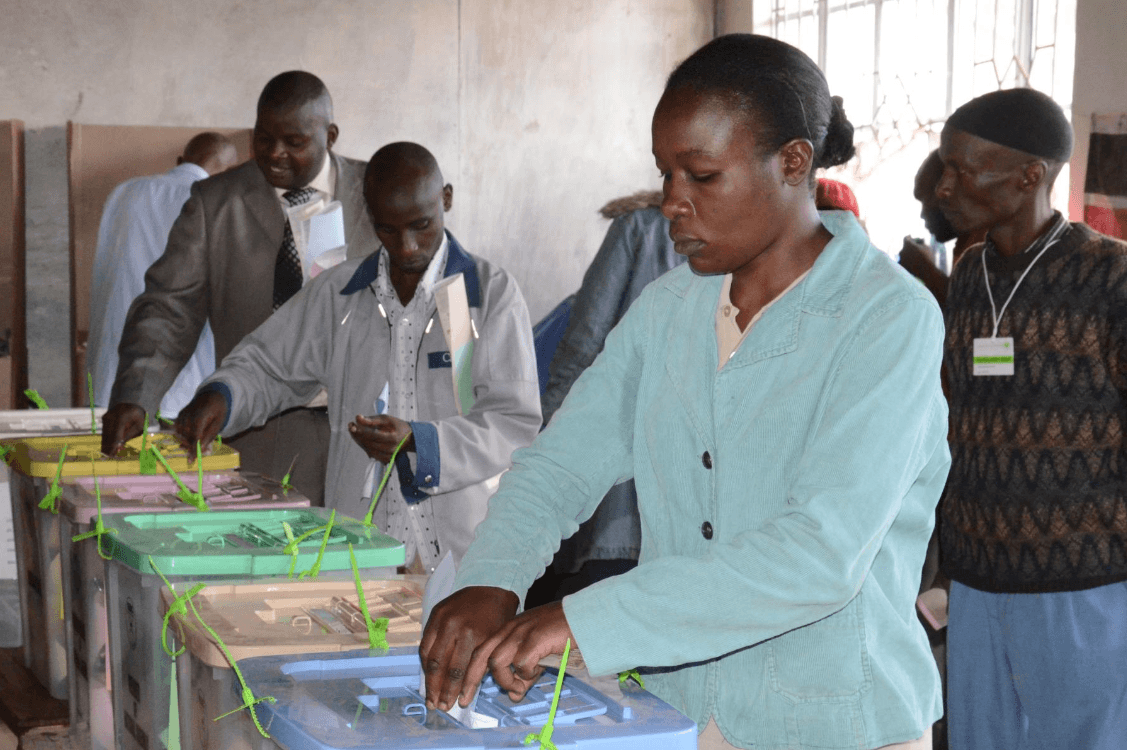The recently concluded Sickle Cell Disease and Haemophilia Conference in Kisumu culminated in a series of resolutions aimed at transforming the healthcare landscape for individuals affected by the conditions in Kenya.
The conference was held from June 12 to 14, 2024.
During the closure of the event, Dr Elizabeth Onyango from the Ministry of Health highlighted the resolutions and emphasised their potential to significantly alleviate the burden of the diseases by 2040.
Key among the resolutions is the establishment of a national registry for sickle cell disease and haemophilia.
According to Dr Onyango, the registry will serve as vital repository of data, tracking patient demographics, treatment outcomes and disease prevalence.
She underscored the importance of such data for informed resource allocation, policy formulation and targeted interventions across the country.
Another resolution focused on the expansion of acess to specialised healthcare services which entail increasing the number of healthcare centers equipped to diagnose and treat sickle cell disease at the same time ensuring they are staffed with trained professionals capable of delivering high-quality care.
The initiative aims to bridge existing gaps in healthcare provision and improve patient outcomes.
According to Dr Onyango, another resolution was the implementation of Infant Screening for SCD, Community and facility-based screening programmes to facilitate early diagnosis of sickle cell diseases particularly in high prevelence areas.
This, she said, includes the roll-out of infant/newborn SCD screening nationwide, community and facility-based screening programmes at the same time utilise mobile clinics and local health workers to reach underserved populations.
Public education and awareness campaigns were also identified as crucial to fostering understanding and early detection of these conditions.
The campaigns will target schools, community leaders and media platforms to raise awareness about prevention strategies and available treatment options.
Dr Onyango added that financial sustainability emerged as a key pillar of the resolutions, with a call to secure increased government funding and forge partnerships with international organizations, NGOs and the private sector.
The efforts, she said, aim to bolster research, strengthen healthcare infrastructure and enhance support programmes for patients and families affected by sickle cell disease and haemophilia.
The conference also resolved to advocate for sickle cell disease to be considered an emotional emotional disability and where applicable emotional and physical ability.
Additionally, there will also be a push for tax exemptions on essential commodities related to managing these conditions, further easing the financial burden on affected individuals and their caregivers.
SCD is one of the most common inherited diseases globally, predominantly affecting individuals of African ancestry.
Annually, approximately 150,000 to 300,000 children are born with SCD in Africa, accounting for nearly three-quarters of the global burden.
The high prevalence of SCD in Africa is partly due to a survival advantage for sickle cell carriers in malaria-endemic regions, including the Lake and Coastal areas, which also have a high burden of malaria.
In Kenya, the prevalence of sickle cell anemia is estimated at 1-4.5 per cent, meaning that for every 1 to 20 children, at least one has this condition, with the sickle cell trait prevalence ranging from 5-30 per cent.














![[PHOTOS] How ODM@20 dinner went down](/_next/image?url=https%3A%2F%2Fcdn.radioafrica.digital%2Fimage%2F2025%2F11%2F99d04439-7d94-4ec5-8e18-899441a55b21.jpg&w=3840&q=100)
